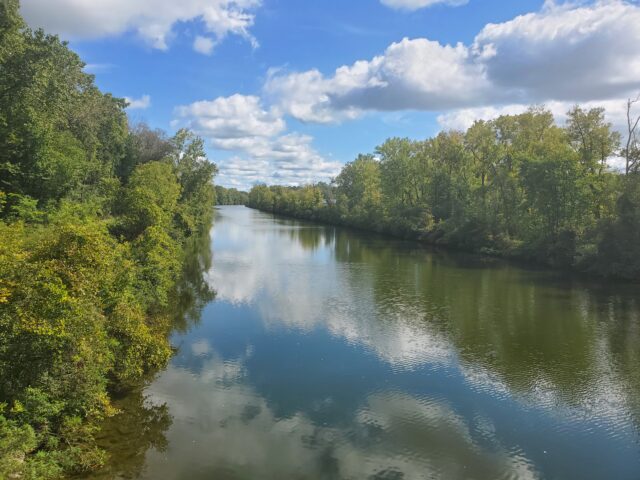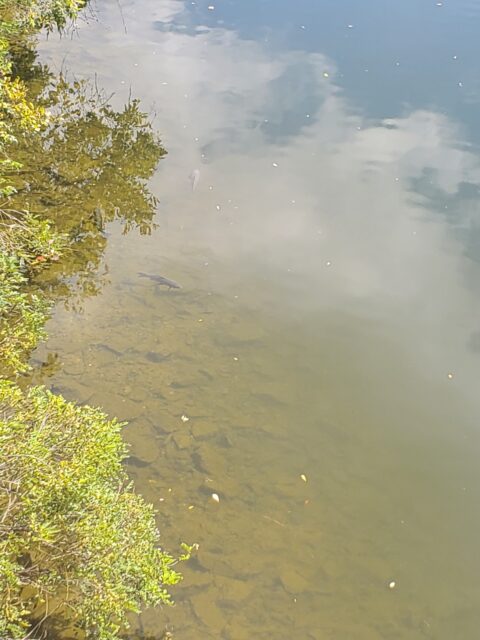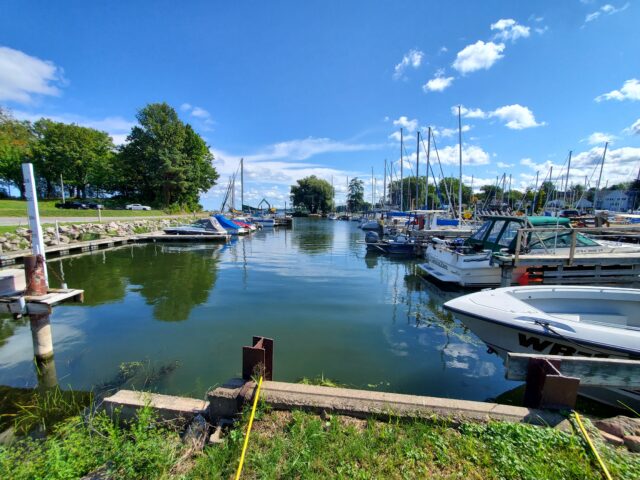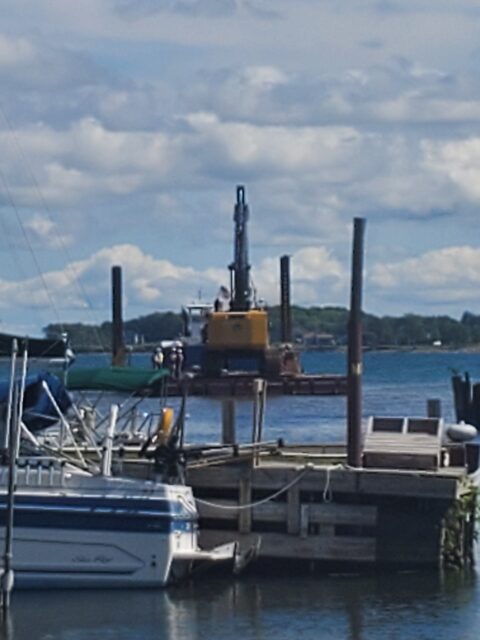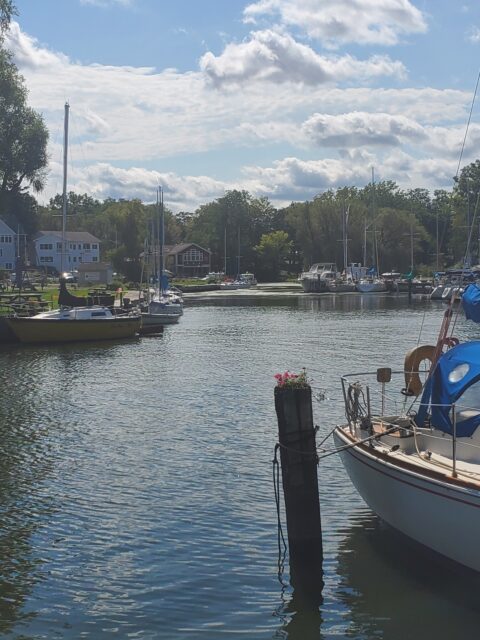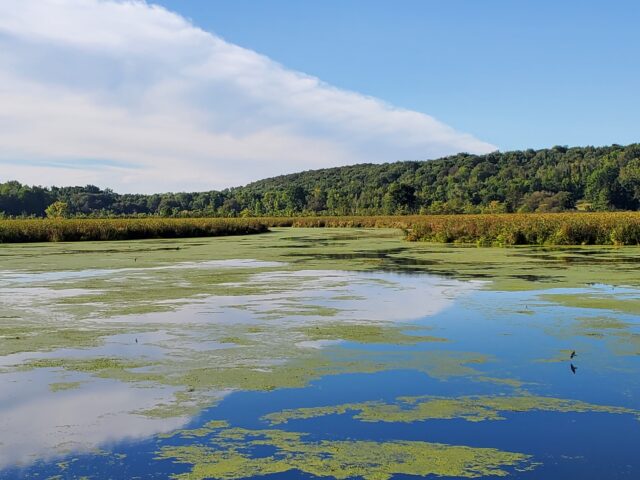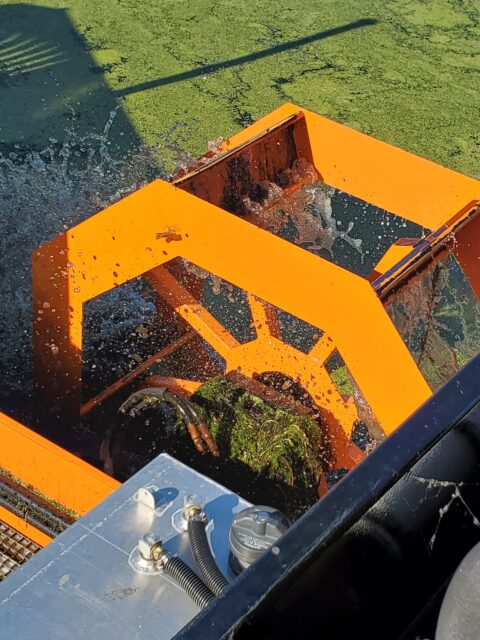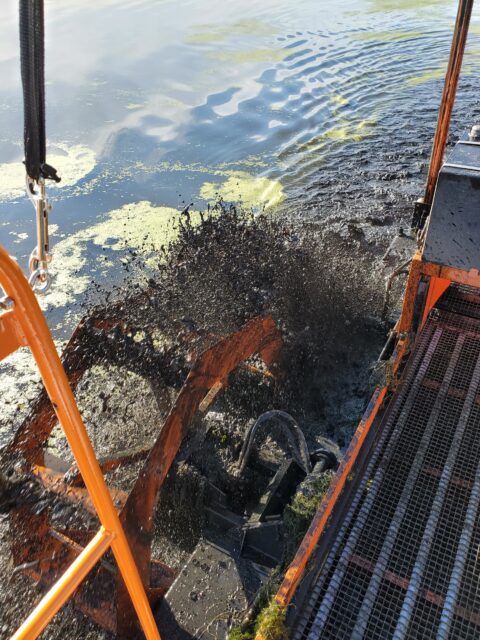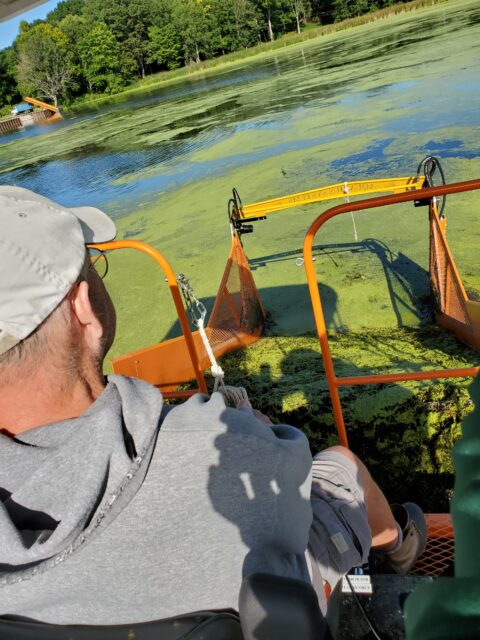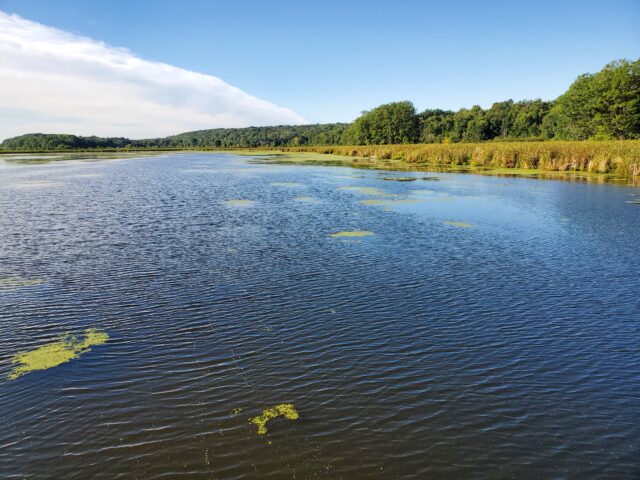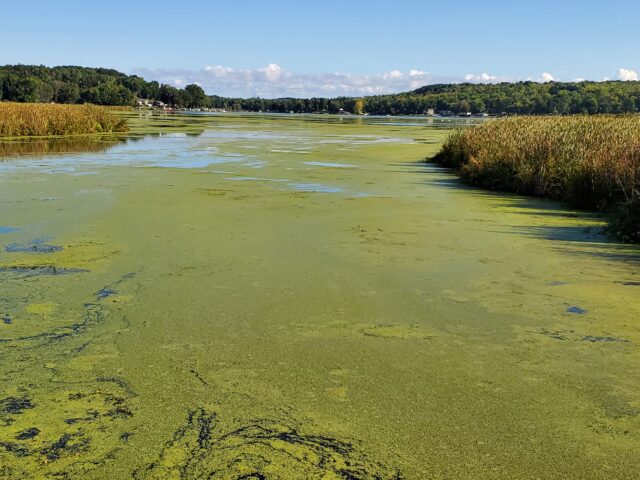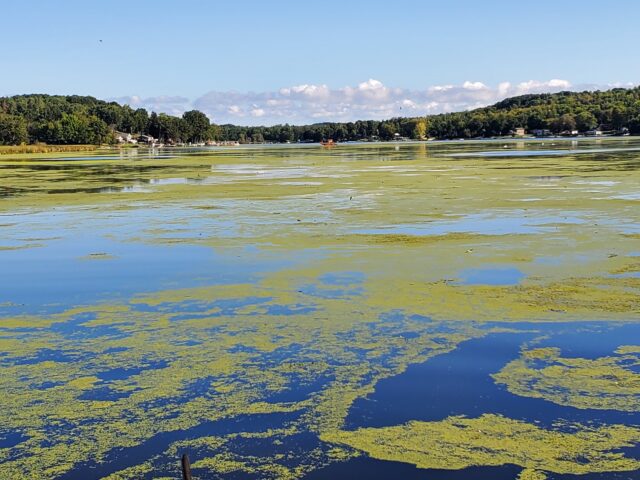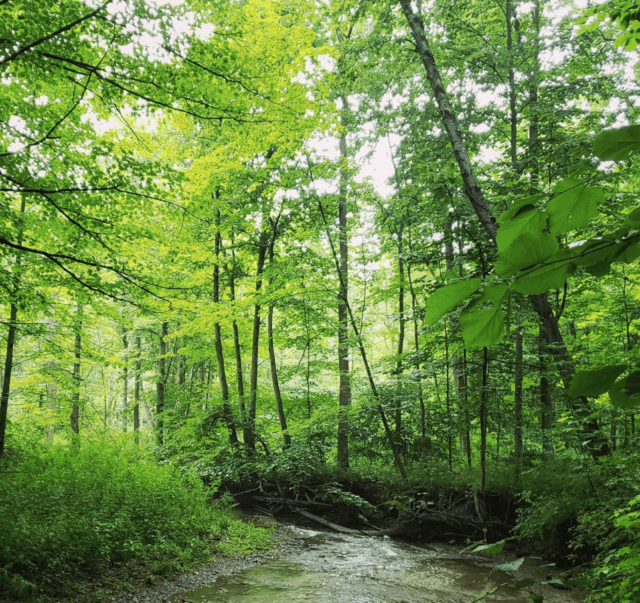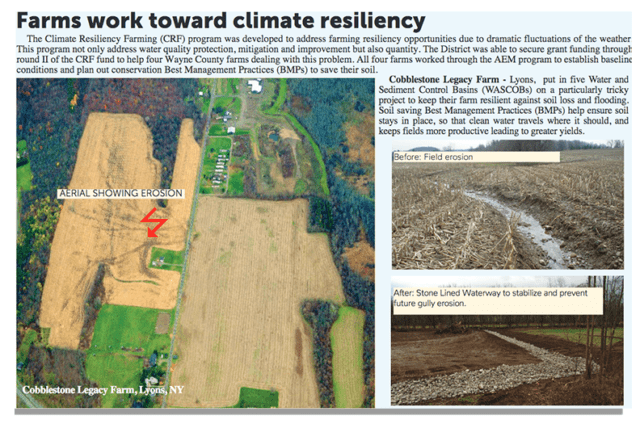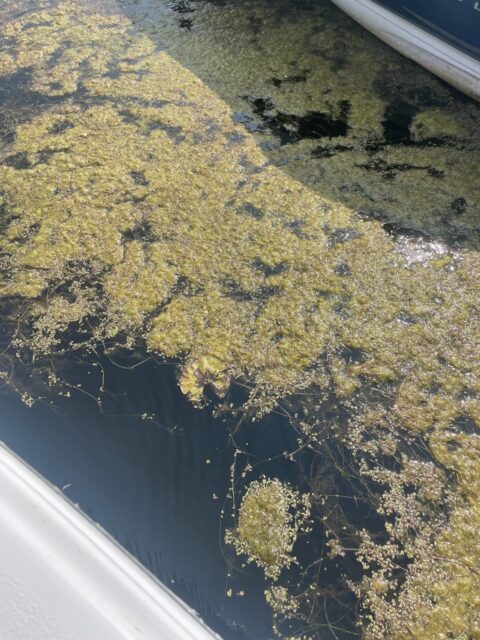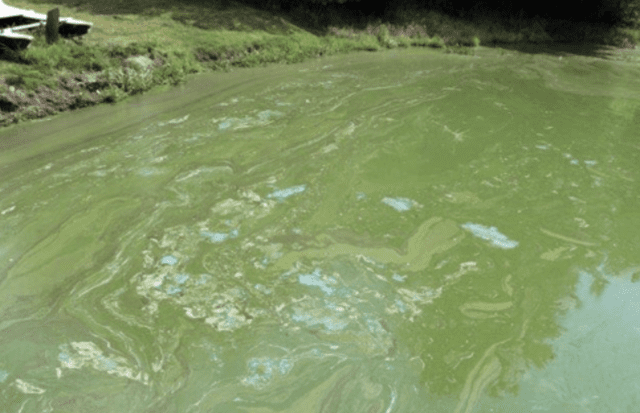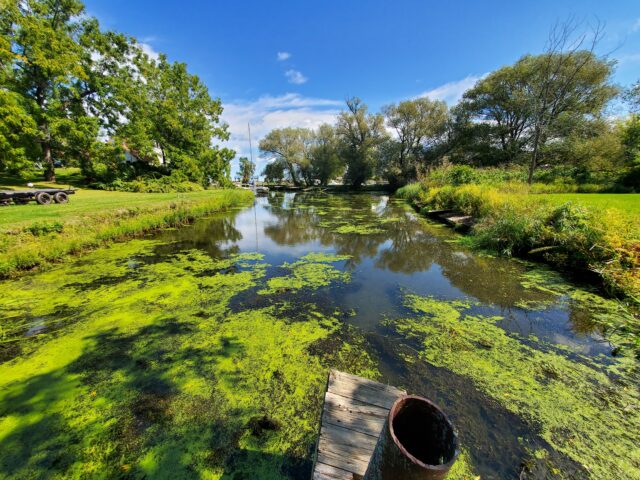 Unfortunately with stronger storm events from the northeast and then rotational North West winds are causing much of the breakoff in all of the waterways in Wayne County. This includes the bays, the canal system, tributaries, and their outlets. In this week’s water quality review, you can definitely see a change in the water quality including observations like striation of the water columns, increased breakoff, and collection around infrastructure and in cove areas. While the sediment is being pushed around by the wind, the deeper area is still seeing some algae growth. The potential for blooms is lower due to the cooler temperatures and the increased movement of waves.
Unfortunately with stronger storm events from the northeast and then rotational North West winds are causing much of the breakoff in all of the waterways in Wayne County. This includes the bays, the canal system, tributaries, and their outlets. In this week’s water quality review, you can definitely see a change in the water quality including observations like striation of the water columns, increased breakoff, and collection around infrastructure and in cove areas. While the sediment is being pushed around by the wind, the deeper area is still seeing some algae growth. The potential for blooms is lower due to the cooler temperatures and the increased movement of waves.
It was also noted as more shoreline starts to show, stormwater runoff and collection is being affected because the balance of the below-ground aquifers have changed. This allows a variation in pressure in the watershed. This is what is referred to as a change in Hydrology. Due to hydrology variances, there is a potential to see water where it hasn’t been seen before. Along with seeing wildlife, fish, and birds in other places in the waterways where they haven’t been before.
WQ Photos 9-16-2021
Lake Ontario water levels have been fairly stable for the last week about 245.3- 245.4 depending on seiche events due to weather. ( see weekly summary)
NYS REDI Initiative dredging was finishing up in Pultneyville Harbor and Bear Creek Harbor this week.

